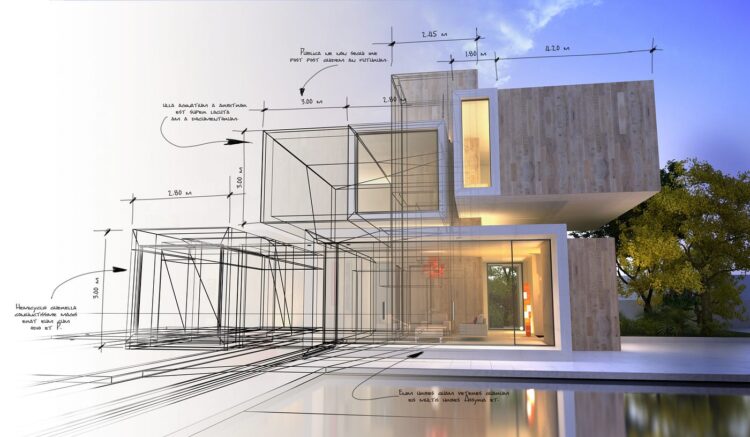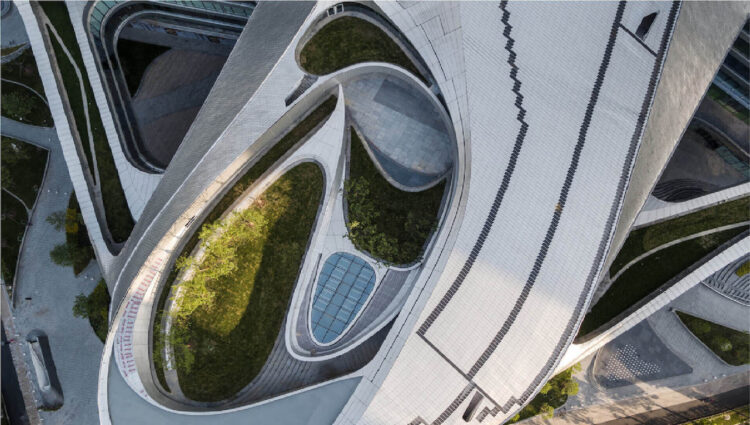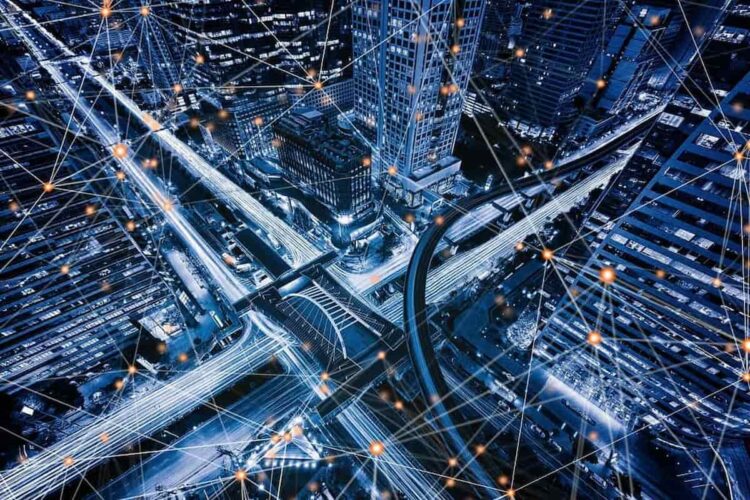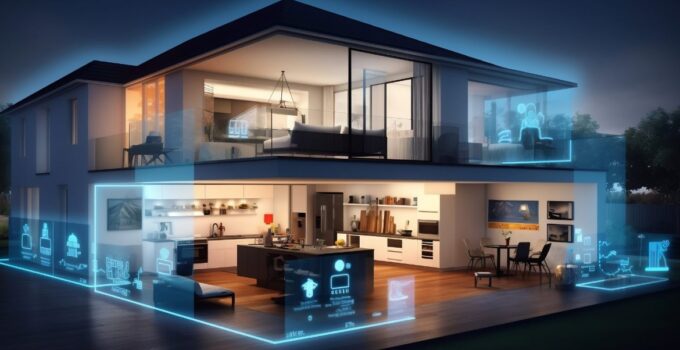In recent years, technology has significantly impacted various industries and architecture is no exception. Modern architecture has seen a revolution due to advancements in technology, leading to innovative designs, improved construction techniques, and enhanced sustainability.
This transformation is vividly evident in the work of leading architectural firms such as Meyer Blue, which exemplifies the synergy between cutting-edge technology and contemporary design.
Page Contents
Design and Visualization
One of the most profound impacts of technology on modern architecture is the way designs are conceptualized and visualized. Gone are the days when architects relied solely on hand-drawn sketches and physical models.
Today, digital tools like Computer-Aided Design (CAD) and Building Information Modeling (BIM) have become indispensable. These tools allow architects to create highly detailed and accurate 3D models of their designs. This not only improves the precision of the architectural plans but also allows for easy modifications and iterations.
Virtual Reality (VR) and Augmented Reality (AR) are further enhancing design visualization. With VR, clients and architects can virtually walk through a building before it’s constructed, providing a realistic sense of the space and layout.
AR can overlay digital information onto physical spaces, aiding in design reviews and on-site construction processes. This immersive experience ensures that everyone involved has a clear understanding of the final product, reducing the chances of costly mistakes and revisions.

Source: medium.com
Construction Techniques
Advancements in construction technology have dramatically altered how buildings are constructed. Modern architecture now leverages prefabrication and modular construction methods, which involve manufacturing building components off-site and then assembling them on-site. This approach significantly reduces construction time and waste, while also improving quality control.
Drones and robotics are increasingly being used on construction sites. Drones provide aerial views and real-time data, which helps in site analysis, monitoring progress, and ensuring safety. Robotics can perform repetitive tasks such as bricklaying and concrete pouring with precision and speed, reducing human error and labor costs.
3D printing is another groundbreaking technology influencing modern architecture. Entire building components, and even small houses, can now be 3D printed using concrete or other materials. This method allows for the creation of complex geometries that would be difficult or impossible to achieve with traditional construction techniques.
Moreover, it offers potential for cost savings and sustainability by minimizing material waste.
Sustainability and Efficiency
Sustainability is a major concern in contemporary architecture, and technology plays a crucial role in addressing this issue. Energy-efficient design is now a fundamental aspect of modern buildings.
Advanced software can simulate and analyze a building’s energy performance during the design phase, allowing architects to optimize for natural light, ventilation, and insulation. This leads to buildings that require less energy for heating, cooling, and lighting.
Smart building systems integrate various technologies to manage energy use more efficiently. Sensors and IoT (Internet of Things) devices can monitor and control lighting, HVAC systems, and security, ensuring that resources are used only when needed. For instance, smart thermostats can learn the occupants’ habits and adjust the temperature accordingly, while smart lighting systems can turn off lights in unoccupied rooms.
The use of renewable energy sources is also facilitated by technology. Solar panels, wind turbines, and geothermal systems can be integrated into building designs, and their performance can be monitored and optimized through smart grids and energy management systems.
These innovations not only reduce the carbon footprint of buildings but also contribute to significant cost savings over time.

Source: designwanted.com
Material Innovation
The development of new materials has always been a driving force in architectural evolution. Today’s architects have access to a wide range of advanced materials that enhance the durability, sustainability, and aesthetics of buildings.
Nanomaterials, for instance, offer unique properties such as self-cleaning surfaces, improved thermal insulation, and increased strength. These materials can significantly extend the lifespan of buildings and reduce maintenance costs.
Biomaterials, derived from renewable sources, are gaining popularity due to their environmental benefits. Materials such as bamboo, mycelium, and recycled plastics are being used in innovative ways to create sustainable building components.
These materials not only reduce the reliance on traditional, resource-intensive materials like concrete and steel but also offer unique aesthetic qualities.
Smart Cities and Urban Planning
Technology is not only transforming individual buildings but also the way entire cities are planned and managed. The concept of smart cities is becoming increasingly prevalent, where technology is used to enhance the quality of life for residents while promoting sustainability and efficiency. Urban planners and architects use data analytics and AI to design cities that are better connected, more resilient, and more livable.
Smart transportation systems, for instance, use real-time data to optimize traffic flow and reduce congestion. This includes the integration of public transport, cycling infrastructure, and pedestrian pathways to create a more efficient and sustainable urban environment. Additionally, smart waste management systems can monitor waste levels and optimize collection routes, reducing the environmental impact and operational costs.
The integration of green spaces into urban environments is another area where technology plays a key role. GIS (Geographic Information Systems) and other mapping tools help planners identify the best locations for parks, green roofs, and vertical gardens, enhancing urban biodiversity and improving air quality.
These green spaces also contribute to the mental and physical well-being of city dwellers, creating healthier and more attractive urban environments.

Source: nanalyze.com
Challenges and Future Prospects
While technology offers numerous benefits to modern architecture, it also presents challenges. The rapid pace of technological change means that architects and construction professionals must continuously update their skills and knowledge. There is also the issue of data security and privacy, particularly with the increasing use of IoT devices and smart systems in buildings.
Furthermore, the cost of adopting new technologies can be prohibitive for smaller firms or projects with limited budgets. Despite these challenges, the future prospects for technology in architecture are incredibly promising.
Innovations such as artificial intelligence, machine learning, and advanced robotics are likely to further revolutionize the field, enabling even more efficient, sustainable, and imaginative architectural solutions.
In conclusion
Technology is profoundly influencing modern architecture, from design and construction to sustainability and urban planning. As technology continues to evolve, it will undoubtedly open up new possibilities and redefine the boundaries of what is possible in architecture.
The fusion of technology and architecture promises a future where buildings are not only aesthetically pleasing but also smarter, more efficient, and more sustainable.





